Difficulties from the Red Sea situation, seafood businesses seek to adapt
| Seafood exports enjoy bright prospects in Swiss market | |
| Seafood businesses effectively exploit tariff incentives from CPTPP |
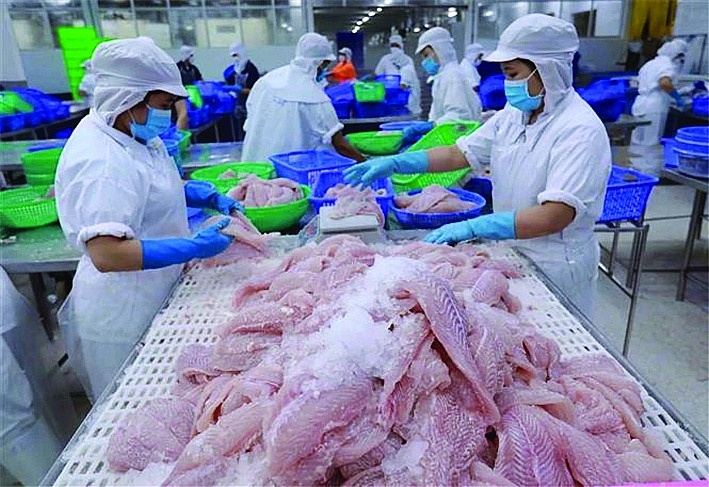 |
| Pangasius export processing line. Photo: TTXVN |
Shipping costs increase
Recently, the Red Sea conflict caused a number of shipping companies to issue notices to stop shipping goods or change schedules, resulting in increased shipping costs with many additional fees. This is having a significant impact on Vietnam's import and export businesses.
Specifically, orders that must be transported through the Red Sea area have received notices of increased rates from a number of shipping companies which will be effective from the beginning of 2024. According to the Vietnam Association of Seafood Exporters and Producers (VASEP), From January 2024, many shipping lines, such as: Yang Ming Line, One, Evergreen Line, HMM, Maersk, etc have sent notices that they will collect additional fees due to having to change itineraries on Asia - Europe routes, avoiding sailing through the Suez Canal and the Red Sea area. Accordingly, starting from January 2024, fees to the US, Canada and EU will increase significantly compared to December 2023. Specifically, West Coast (LA) increased by 800 USD - 1,250 USD/container, depending on the route; The East Coast (NY) recorded a larger increase from 1,400 USD to 1,750 USD/container depending on the route, etc.
In addition, what makes businesses worried is not only the increase in shipping rates on this route, but also the possibility that other routes will also increase prices due to prolonged congestion. This is a new challenge for seafood businesses in 2024. If tensions in the Red Sea region continue, it could lead to increased transportation costs and input product prices for aquaculture and seafood processing, affecting the competitiveness and profits of seafood enterprises.
Taking advantage of the main export market, Japan, Mr. Ho Quoc Luc, Chairman of the Board of Directors of Sao Ta Foods Joint Stock Company (FMC), said that the Red Sea situation has caused shipping rates to increase. However, fortunately at this time FMC has few shipments exported to the EU and US markets, etc. The enterprises only focuse on the Japanese market, so temporarily the above difficulties in increased freight charges have not much affected the enterprise's export activities.
The Vietnam Logistics Service Business Association believes that export businesses need to diversify transportation methods in the short term. The Association will support businesses to update information and coordinate work in the supply chain, import and export. However, businesses should note that when signing and negotiating commercial contracts and transportation contracts, they should add compensation provisions in emergency situations as well as purchase full insurance. In addition to diversifying transportation methods, export businesses should diversify suppliers of raw materials and auxiliary materials to avoid interruptions in the production process, affecting delivery schedules, etc.
Deal with double impact
In addition to increased shipping costs, seafood businesses said that inflation in major countries has been contained, the world economy has bottomed out, but recovery is slow, affecting demand for seafood consumption. The cycle of price reductions for many aquatic species may continue at least until the first half of 2024 because there is still a lot of inventory. Currently, businesses are facing large and rising costs of food and diseases on farmed shrimp are not under control. This is a big challenge for Vietnam's shrimp farming industry. Along with difficulties in raw material sources, Vietnamese shrimp exporters also have to compete with Ecuador and India in terms of price and supply. The oversupply situation may continue until at least the first half of 2024; increased trade barriers and stricter market regulations, including the US anti-subsidy investigation into shrimp from four countries, including Vietnam.
According to Mr. Ho Quoc Luc, although the plan has been completed in the second half of 2023, FMC is not subjective but immediately prepares for 2024 when there is too much unfavorable information for Vietnamese shrimp industry activities. Since then, FMC has identified the domestic and foreign environment and proposed a suitable action program for itself. In particular, improving product diversification but must be suitable for factory conditions, especially promoting the production of deeply processed, value-added products. Products that need to increase production to promote their strengths are breaded shrimp, stretched shrimp, fried shrimp, and sushi shrimp, but at the same time, efforts are made to maintain market share for other shrimp products.
More than ever, when there are many uncertainties, businesses will activate focal points to receive information sources from raw material supplies, market consumption, product structure, and changes in competitors in the same industry. about consumer behavior, etc will be filtered and processed into useful signals.
“The constantly changing environment requires businesses to always adapt. If you want to adapt, you need to have scenarios for many situations that may arise. For example, if high subsidy taxes and high anti-dumping taxes make it difficult to maintain the US market, there is a scenario to change the market structure immediately," Mr. Ho Quoc Luc emphasized. Mr. Luc also said that FMC continues to strengthen the development of the Japanese market; maintain existing markets; focus on understanding each step of penetrating the Chinese market, on the basis of promoting your strengths.
However, seafood businesses believe that, besides overcoming difficulties, businesses are taking advantage of existing opportunities to boost exports. For example, global inflation tends to decrease, which is a positive signal for the economy and consumption; moves by the US and EU to embargo seafood trade with Russia; of China and Russia with Japan, etc also changes the trade landscape of countries around the world, indirectly impacting and creating some good opportunities for Vietnamese seafood. Along with that, there are opportunities from shifting the seafood supply chain, of which Vietnam is one of the options that seafood businesses in many markets are interested in based on its capacity and strengths in processing and ensuring quality.
Related News
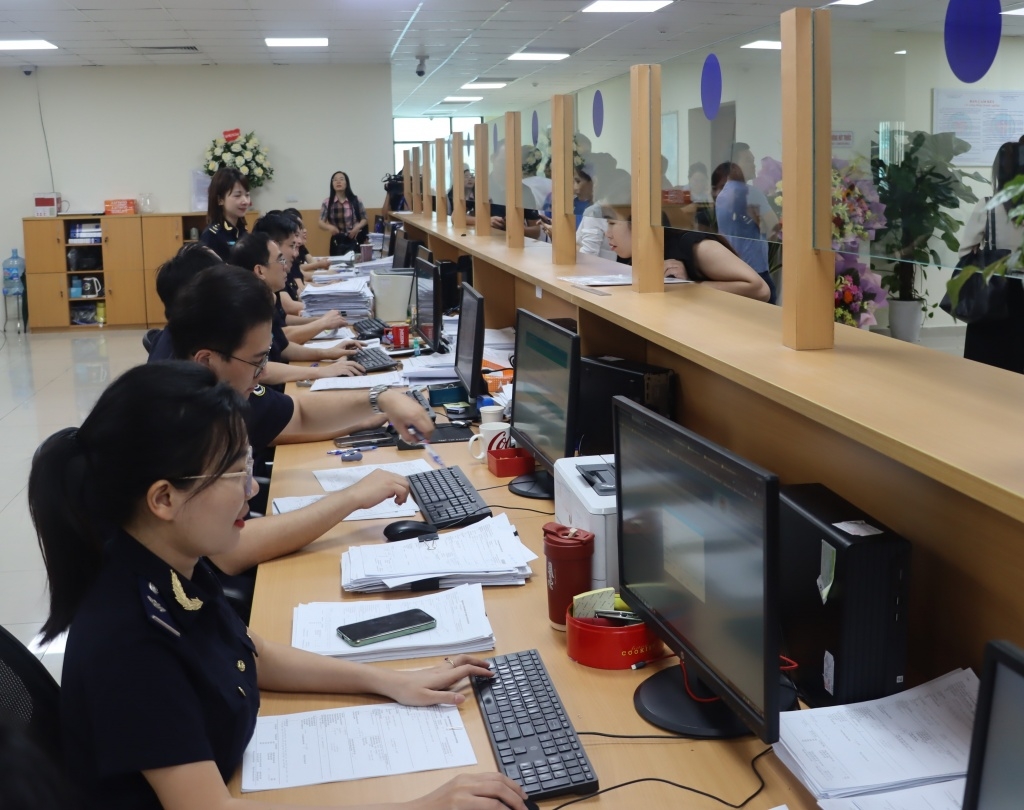
Hai Phong Customs’ revenue rises about VND 1,000 billion
14:52 | 14/02/2025 Customs
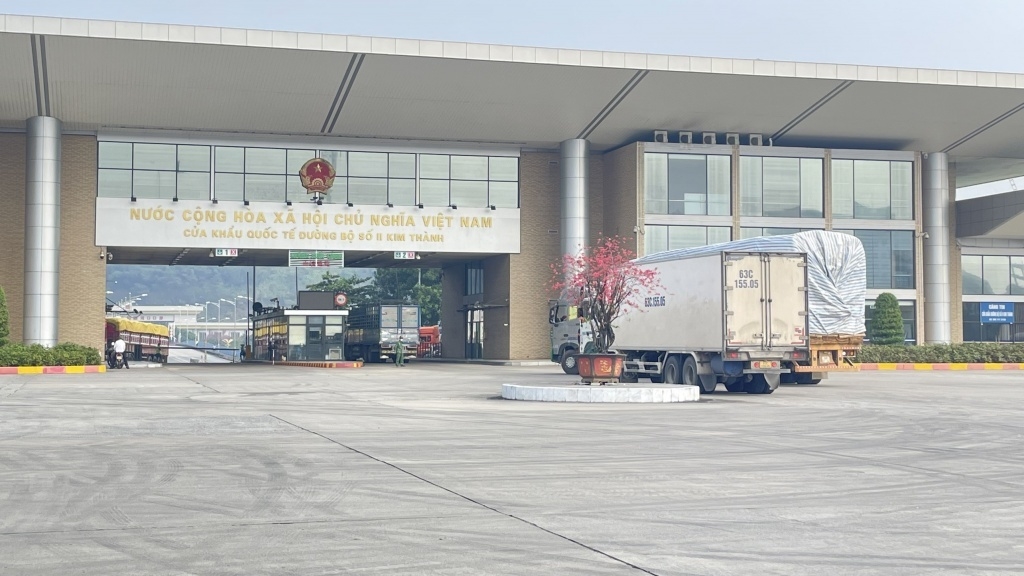
Import and export turnover reaches about US$29 billion in the second half of January 2025
14:52 | 14/02/2025 Import-Export
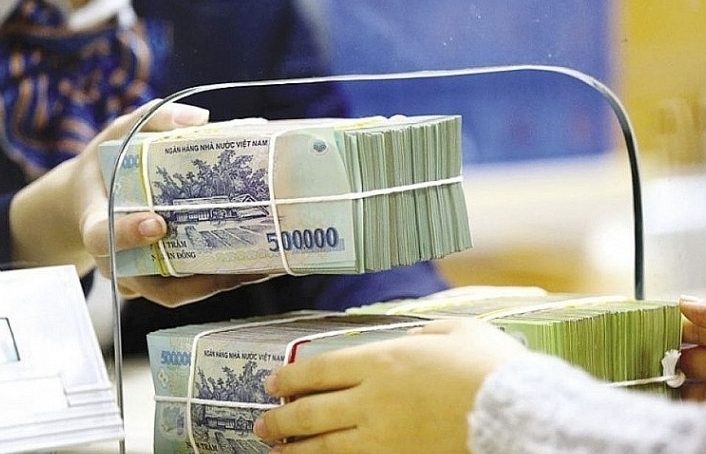
State revenue in first month of the year equal to 14% of the estimate
10:12 | 11/02/2025 Finance
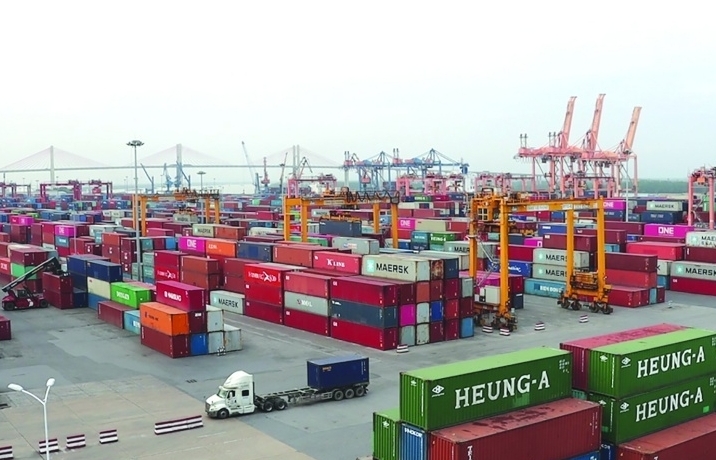
Hai Phong Customs processes more than 1,500 declarations during 2025 Lunar New Year holiday
14:09 | 05/02/2025 Customs
Latest News

Embracing green exports: a pathway to enter global supply chains
10:33 | 20/02/2025 Import-Export
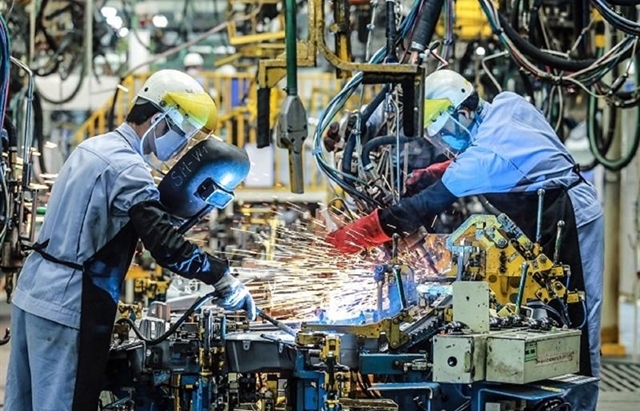
New policy proposed to prevent transfer pricing, tax evasion of FDI enterprises
10:32 | 20/02/2025 Import-Export
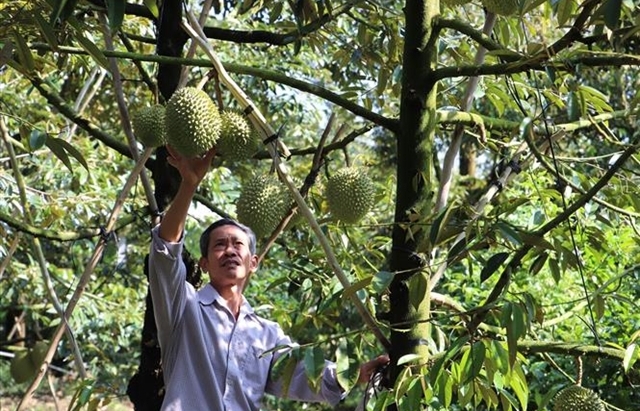
Việt Nam’s durian exports to China plummet by 80%
16:18 | 19/02/2025 Import-Export
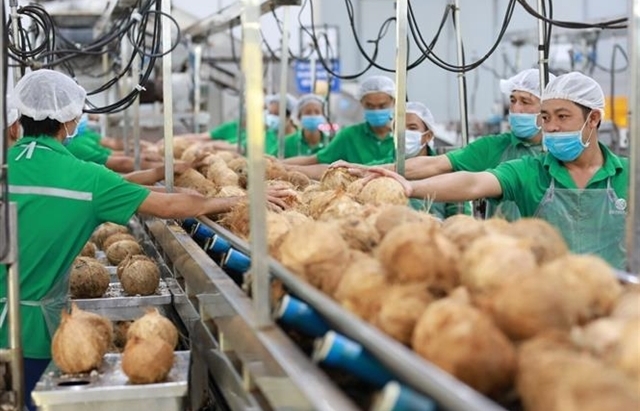
Coconut exports reach 14-year high
15:29 | 18/02/2025 Import-Export
More News

Shrimp exports grow in the first month of 2025
15:28 | 18/02/2025 Import-Export
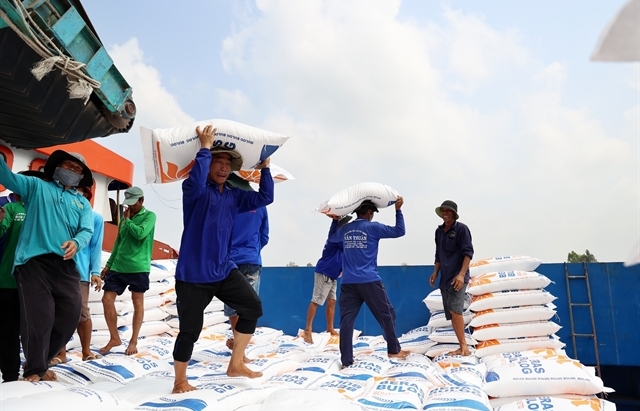
Rice export prices drop, but decline expected to be short-term
08:10 | 17/02/2025 Import-Export
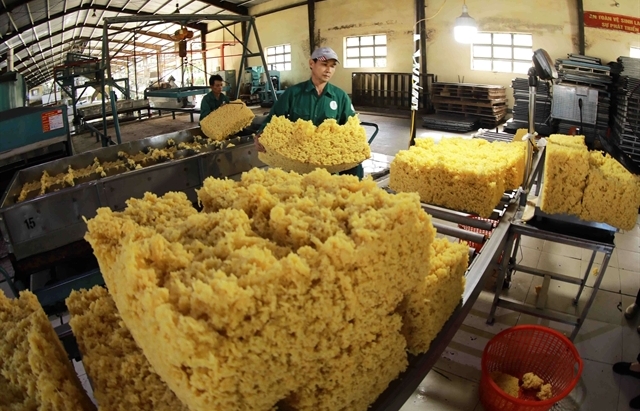
Key agro products expected to maintain export growth this year
08:08 | 17/02/2025 Import-Export
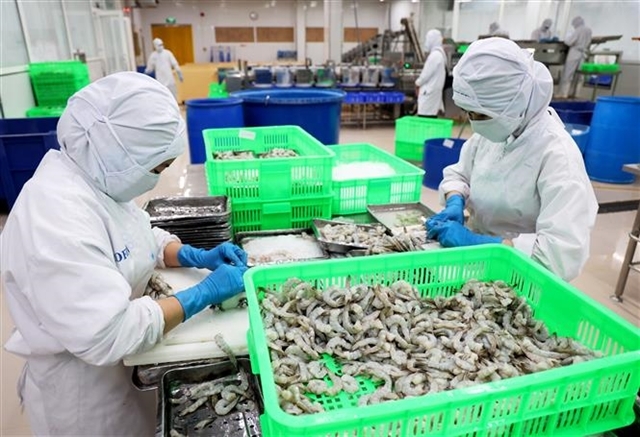
EU issues 12 warnings against Việt Nam’s food and agricultural exports
08:07 | 17/02/2025 Import-Export
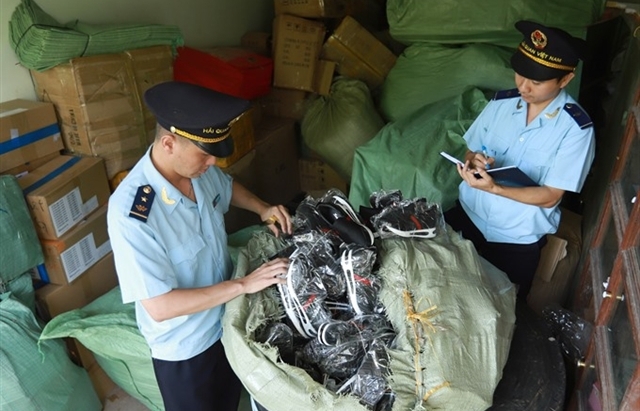
Việt Nam to impose VAT on low-value express-imported goods
08:06 | 17/02/2025 Import-Export

Exchange rate risks need attention in near future
16:31 | 15/02/2025 Import-Export
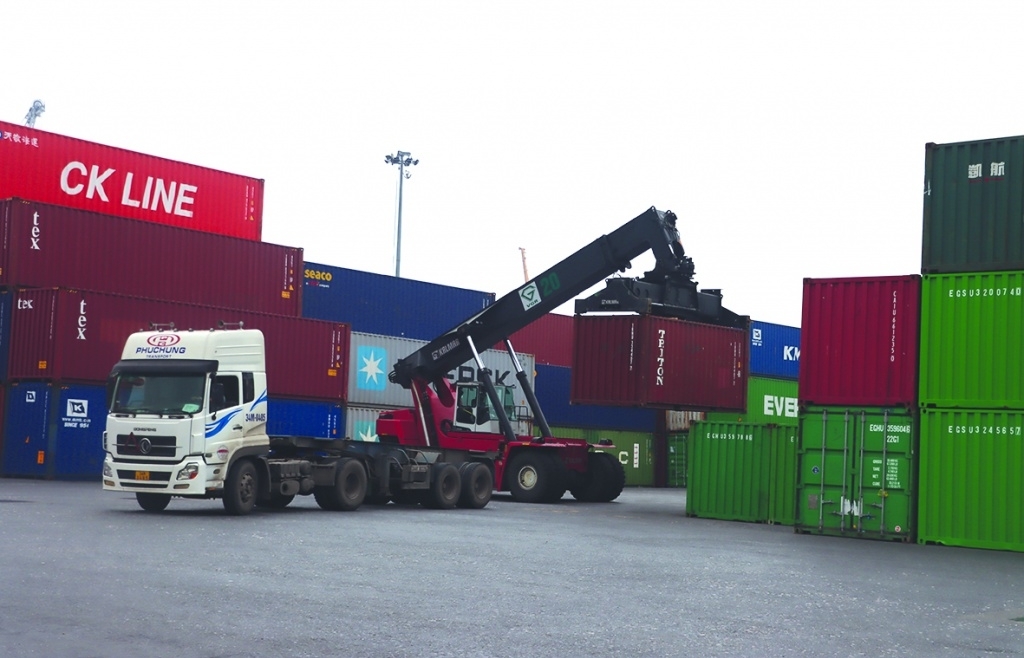
Vietnam kicked off the year with a strong start in trade, exceeding US$63 billion in the first month
16:30 | 15/02/2025 Import-Export

Market edges up slightly as liquidity remains low
14:48 | 14/02/2025 Import-Export

Business regulations must be trimmed for development of enterprises: Experts
14:46 | 14/02/2025 Import-Export
Your care

Embracing green exports: a pathway to enter global supply chains
10:33 | 20/02/2025 Import-Export

New policy proposed to prevent transfer pricing, tax evasion of FDI enterprises
10:32 | 20/02/2025 Import-Export

Việt Nam’s durian exports to China plummet by 80%
16:18 | 19/02/2025 Import-Export

Coconut exports reach 14-year high
15:29 | 18/02/2025 Import-Export
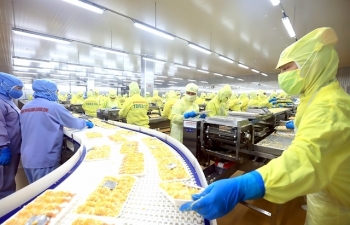
Shrimp exports grow in the first month of 2025
15:28 | 18/02/2025 Import-Export
